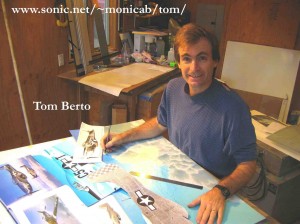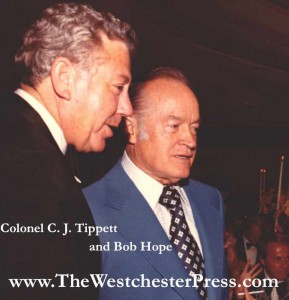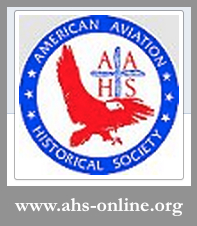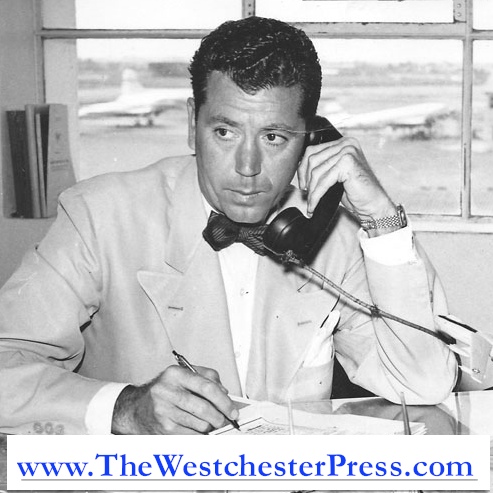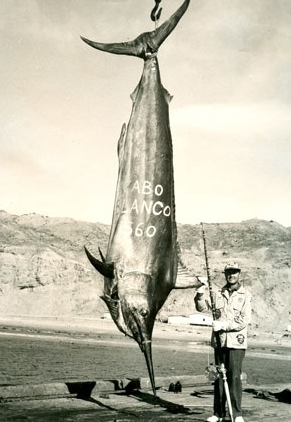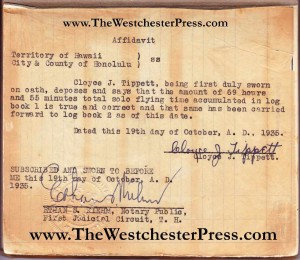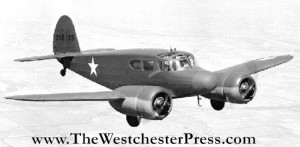
The Cessna T-50 was a twin-engine trainer and Tip flew it from Washington D.C. to Rio de Janeiro, Brazil in 1943. Thank you wikipedia for the public domain photo!
The Cessna T-50 is not a very big plane, and Rio de Janeiro, Brazil is a very long way from Washington D.C.
The flight would be a challenge in today’s modern times, with all of the GPS navigation equipment now available – but back in 1943, it was beyond challenging, it was a record!
Colonel C. J. Tippett made that flight in October, 1943 to bring a Cessna T-50 twin engine plane to Rio as a gift from the US Government to the civil aviation program of Brazil. Tip was in charge of the pilot training program, and his students needed access to a twin engine trainer. The US Government wanted to keep Brazil’s good will during wartime, and due to enemy submarine attacks in the Atlantic, the only way to get the plane to the students was to have Tip fly it down.
Additionally, Tip wanted to bring his wife and young son to Brazil. The Cessna could seat up to five, so off they went – with a State Department diplomat named Tony Satterthwaite.
Tip wrote: “The newest twin-engine trainer at that time was the Cessna T-50; a five passenger wood and fabric aircraft powered with two 245-hp. engines. I was very familiar with the aircraft, as we had used the first ones at the Houston Standardization Center for the training of our inspectors.”
Louise, Tip’s wife, wrote: “My husband, Cloyce Tippett, a special representative of the Civil Aeronautics Administration in Brazil, met his son, Mike, and me in Washington on his return from his foreign assignment. One day he came in from the CAA office bursting with news and asked me if I’d like to go with him to Brazil. I said sure I would. But Tip had been sent the year before to Argentina for “six weeks” and he had stayed more than a year. All that time, I had one bag packed while I perched precariously on the assurance I was to join him, but I never did. So now I put a strong dash of salt on the Brazil talk.
He assured me patiently that this time it was different and did I, or did I not, want to go to Brazil? I played another card. He had flown down there in a two-seat Fairchild single-engine plane and I wanted very little of that. Tip was a patient guy; tall, good-looking, with smile wrinkles mixed in with the lines that usually frame a pilot’s eyes. He described the Cessna that the CAA was turning over to him. Cozy, he said, as a small apartment. Long back seat where you and Mike could curl up and sleep. Now being converted from its military purposes at the factory. Make the trip in ten days. Magnificent scenery. New places. Rio’s wonderful.”
It took more than ten days, but they did it – and their account of the flight is one of the best chapters of Tip’s aviation pioneering story “When No One Else Would Fly”, which is VERY close to being released on Amazon.com. Contact Us to be added to the book release list, or search the title on Amazon.com in the next month. The book is part memoir, part background story, and totally riveting.

